
Book
The Leader’s Greatest Return
Attracting, Developing, and Multiplying Leaders
Read or listen offline
Amazon Kindle
автоматическое преобразование текста в аудио
1×
Войдите, чтобы прослушать аудиоверсию краткого изложения.
автоматическое преобразование текста в аудио
Recommendation
Prolific best-selling leadership author John C. Maxwell – with more than 31 million books sold – argues that the ultimate measurement of a leader’s success is his or her ability to build other people’s capacity to become leaders in turn. Maxwell has long been an inspirational figure in this field. In 10 clear steps, he applies all he has learned to teach current bosses the crucial skill of developing future leaders.
Summary
About the Author
John C. Maxwell is a New York Times best-selling author, coach and speaker. He founded The John Maxwell Company, The John Maxwell Team, EQUIP and the John Maxwell Leadership Foundation.
By the same author
Book
Book
Book
Book
Book
Book
Book
Book
Book
Book
Book
Book
Learners who read this summary also read
Book
Book
Book








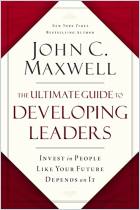




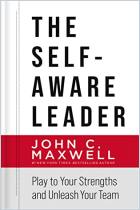
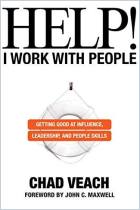
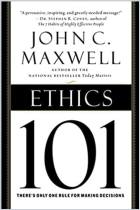
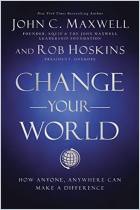
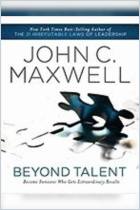
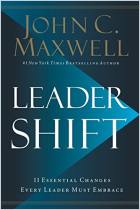

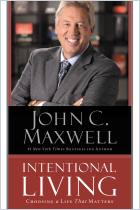
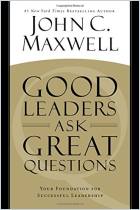

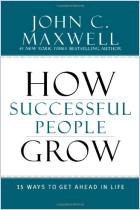
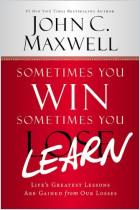
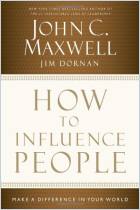
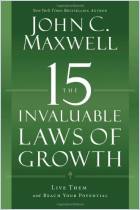
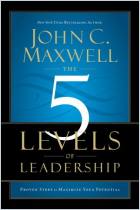
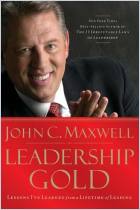
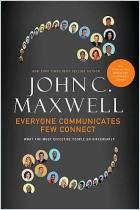

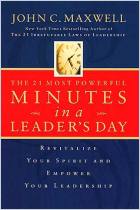
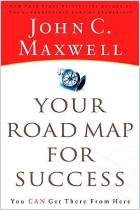
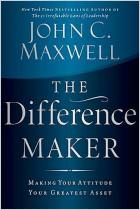
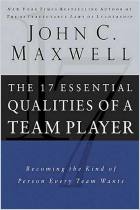
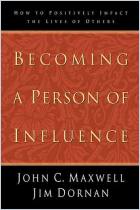
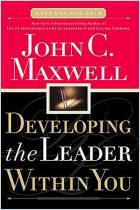
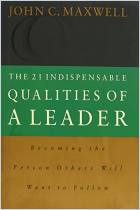
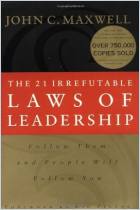

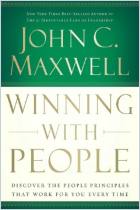
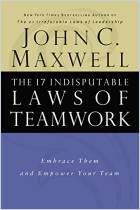



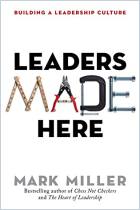
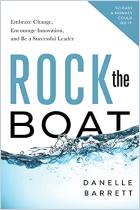




Comment on this summary